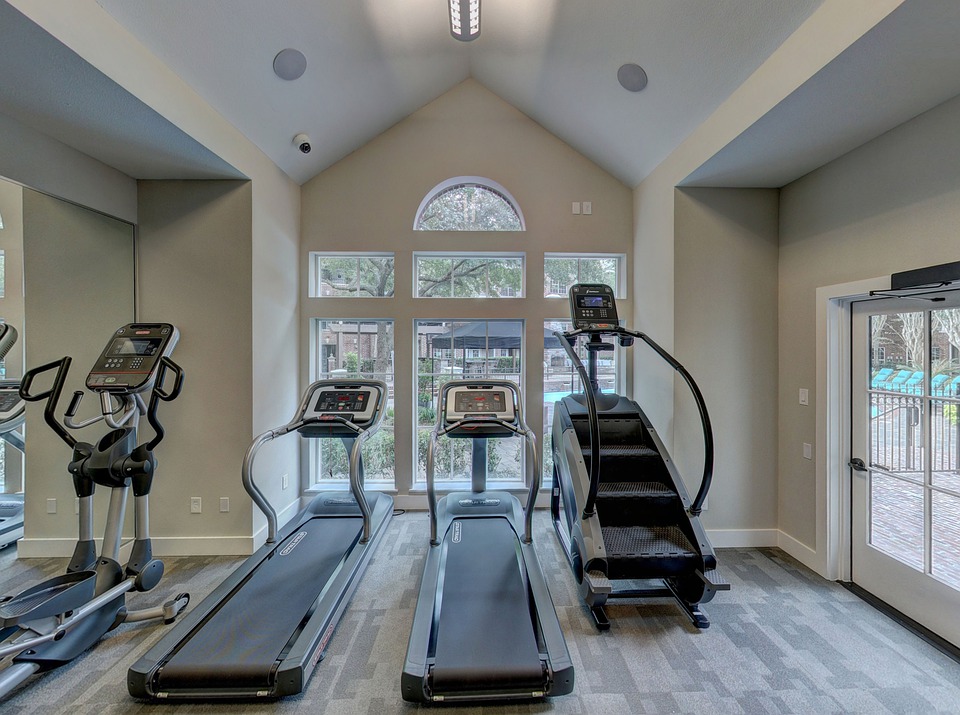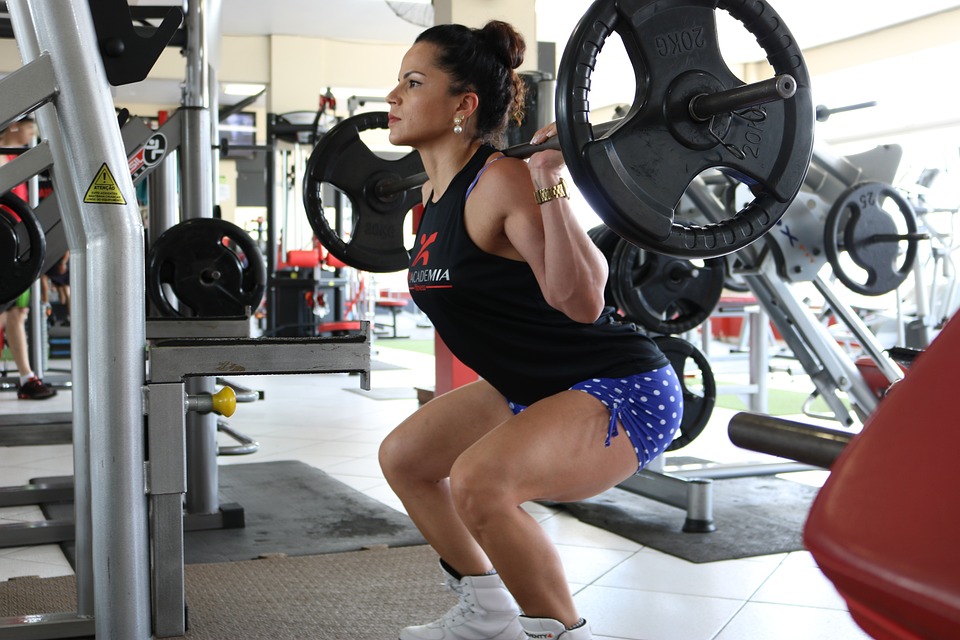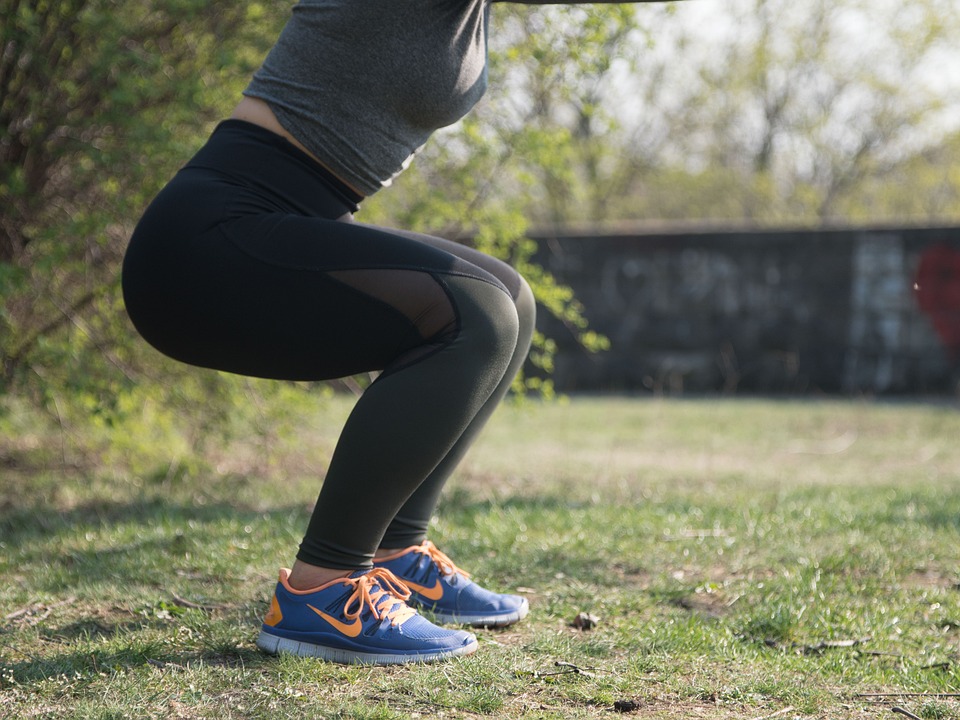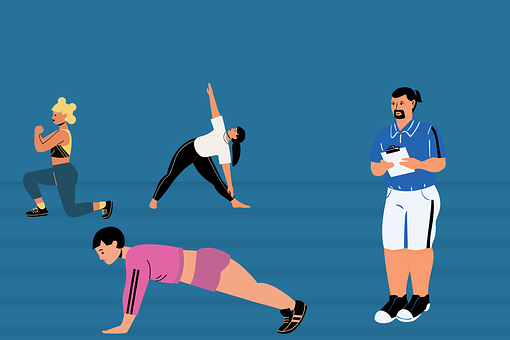
The debate over running on a treadmill vs. outside has been around for awhile. Running outdoors can improve stability by forcing you to navigate ever-changing terrain. But a treadmill forces you to sustain speed and performance levels that might otherwise lag outdoors.
At the end of the day, there is no one single answer to the question of whether it is better to run on a treadmill or outside. It all depends on your personal training goals and needs. Both options have their own advantages and disadvantages.
Benefits of Running Outside
There’s something appealing about putting on sneakers and going for a run outside on a sunny day that is hard to beat. You also expend more energy running than you would using a machine.
According to Rondel King, a certified strength and conditioning specialist and exercise physiologist, and founder of King Performance, you get more muscle activation outside because your feet have to grab the ground to propel you. Rondel King explains that a treadmill does some of that work for you by feeding the belt to you.
Research shows that biomechanical patterns are the same whether someone is running on a treadmill or outside. However, “running outside is more suited to a natural gait cycle,” says King. This is because people are not limited by the parameters of the treadmill when they are running outside, which can cause some people to shorten their stride.
The muscles you use when you run outside are different from the muscles you use when you run on a treadmill because you have to zigzag to avoid people and obstacles.
If you only run indoors, you could be setting yourself up for injury when you run outside again because certain muscles will have become weak and de-conditioned, according to King. Alternatively, you might get injured from overworking a muscle or bone in the same way all the time.
Pounding the pavement is tough, but it’s actually good for your bones. According to research from the University of Missouri, it may be even better for your bones than resistance training. running on a harder surface like asphalt or concrete provides more ground reaction forces, which can reinforce your bones more than a treadmill. Treadmills are designed to absorb ground reaction forces, so they save your joints from the impact of running.
If you want to run outdoors often, you need to make sure you’re Leg strength is good. Most runners hate doing this type of training, and they’re lacking the strength they need to run outside often. It’s such a repetitive motion that puts a lot of stress on your legs. You have to develop a good base of strength.
When to Run Outside
Although it is rarely a negative choice to run outdoors, it is especially beneficial to do so when preparing for a race. Do not let bad weather stop you.
King says that running outside is better than running on a treadmill in terms of weather and environment. She says that running with the wind at your back makes running feel easier, but running into the wind feels harder. She says that there’s no way to replicate the feeling of running into the wind on a treadmill.
Most treadmills feature incline and decline options, but it can be difficult to find one that offers the same gradual changes in elevation as you would find on a road or trail.
“Training in the same environment as the race will take place is how your body adapts,” says King. If you’re training for a race in an area with unpredictable weather, doing some training runs in bad weather can help you build mental strength and test your gear.
Is Running on a Treadmill Easier?
The level of effort required to get the same workout while running on a treadmill or outside may vary depending on the individual.
The phrase “clinically speaking” refers to the fact that the following remarks are based on medical research. The effort required for an activity is based on both your heart rate and how hard you perceive the activity to be. Perceived exertion is how difficult you consider an activity to be, without taking into account how your body reacts to that activity.
The perceived level of exertion while running will differ depending on the location. For instance, running indoors on a rainy day won’t feel as difficult as running outdoors in the same weather conditions, even if you’re burning more calories or have a faster heart rate indoors. Additionally, running on a hot, sunny day will be perceived as more difficult than running at the same incline and distance on a treadmill, due to the added heat and sun.
The amount of effort that we think we are putting into an activity influences how long we will continue doing it. If we believe that something is too difficult, we are more likely to give up on it sooner. This psychological component can have a big impact on how effective our workouts are.
However, if you assess the real, rather than perceived, benefits of running, outdoor running will usually come out on top. Even if you run at the same pace on a treadmill, you will generally expend more energy running outdoors. This difference in calorie burn is not only due to variations in terrain, weather, and wind conditions but also because the treadmill ultimately does a lot of the work for you by propelling you forward.
Treadmill Pros and Cons
Pros
Treadmills are popular because they offer many advantages.
No Weather or Temperature Constraints
Running in bad weather is uncomfortable and can be dangerous. You can avoid these problems by running on a treadmill inside.
If you’re working out at home or in a gym, you don’t have to worry about the weather or sunscreen. You also don’t have to worry about having the right gear if you’re caught far from home.
You Can Simulate (Some) Race Conditions
If you’re training for a marathon that includes hills, you can use a treadmill to simulate running hills, even if you don’t have access to a training route with hills. Study the race course and plan your treadmill hills for the appropriate points. You can even use treadmill runs to test out race day clothing and make sure your gear will work for you.
You Can Control Your Pace
Treadmill training can be a good solution if you are returning from an injury because it is easy to track your mileage and pace and you can stop anytime you want. Additionally, you can use the treadmill pace to push yourself.
It’s Convenient
Treadmills at home let you run on your own schedule, even in bad weather, late at night, or when you need to watch your children.
You Can Multi-Task
It is safe to use headphones on a treadmill in order to listen to music or podcasts. You can also watch TV or read a magazine or book while using the treadmill.
It’s Easier on the Joints
Treadmills offer better shock absorption than pavement or roads, which means less stress on the ankles and knees. And when you run at an incline on the treadmill, you build strength and endurance like you would running hills outside. But you don’t have to run downhill, which can be hard on your body.You can get a great workout on a treadmill while minimizing the impact on your joints.
You Can Run Alone and at Any Hour
Running inside on a treadmill is a safer option than running outside by yourself without a partner or group.
Cons
Some dangers and drawbacks of treadmill running include the following: -joint pain -injury -dehydration -overexertion
You Can Still Get Hurt
Treadmills are considered to be the safer option by most users, however the CPSC reports that there are more than 24,000 treadmill-related injuries in the U.S. each year. These injuries include sprains, falls, head injuries, and cardiovascular events in people who either ran too fast or pushed too hard. The figures for outdoor runners are much higher.
You Can’t Go Downhill
Most treadmills do not have a feature that allows you to walk or run at a downward incline, which is necessary to strengthen the anterior tibialis muscles at the front of your legs. If you’re training for a race that has a lot of elevation changes, you’ll want to train for the downhill portions of the course as well.
You Can’t Make Turns
This also limits your ability to improve your lateral agility as there are no turns on a treadmill.
It Can Be Boring
Even with music or TV to keep you company, it can be tedious to run on a treadmill for a long period of time. While treadmills may be great for short interval runs or speed training, they can be very monotonous for running sessions that last for hours.
Is Treadmill Running Good For You?
Treadmill running certainly has its benefits, but there are a few things to keep in mind.
Even the best machines have their limits, and most can’t replicate the experience of downhill running. This is a crucial part of any training, according to Peloton Tread instructor Selena Samuela. Additionally, Samuela points out that treadmills can be quite boring without a great instructor leading the way.
When to Use a Treadmill
If you’re just looking to log a few miles for cardio, the treadmill is a great option. If you’re a regular outdoor runner, the treadmill is also a great option for when running outdoors is impractical or dangerous.
She advises against running outside in extreme weather, when it’s dark, or on wet or icy roads because it’s dangerous. Treadmill training eliminates those variables.
If you’re coming back from an injury or want to prevent getting injured, the treadmill is a great option. According to King, transitioning slowly from running on concrete or asphalt to running on a treadmill will help your body get used to the different ground reaction forces.
Making the Choice
If you want to focus on cardiovascular fitness, a treadmill may help you reach your goals. You can monitor your heart rate to make sure you stay within your maximum heart rate while you exercise.
Running outside is better for training for a race event than treadmill running. Treadmill running can improve your cardio health, but experts generally recommend limiting it to no more than 40% of your overall training.
The type of running environment you choose is a personal preference that should be based on what will help you stick to your fitness goals. If you find that you’re more likely to commit to a running routine when you do it outdoors, then that’s probably the best environment for you. On the other hand, if you prefer indoor running, that’s probably a better option for you.
There is no need to choose between treadmill running and running outside, you can do both. If it is practical and fits your schedule, you will benefit from both.
Frequently Asked Questions
Which is better for running outside, a treadmill or an elliptical?
Both the treadmill and elliptical are great exercises to improve your endurance. However, the treadmill more closely resembles outdoor running, making it a better choice.
The elliptical can help prepare you for outdoor activity, but a treadmill is better for preparing you for outdoor runs or races.
How can a beginner start running outside?
You can add some basic moves to your routine without much effort You can burn calories and add movement to your routine by running. The many great benefits of the sport—especially if you’re doing it outdoors—are that it requires few pieces of gear and can be done virtually anywhere. You can add some basic moves to your routine without much effort.
The best way to start running is by using the run/walk method. This involves running for a short period of time and then walking for a short period of time. As you get used to this, you can start to increase the amount of time you spend running and decrease the amount of time you spend walking.
What treadmill incline is equivalent to running outside?
Working out on a treadmill provides a unique challenge compared to running on a road or track because the treadmill belt propels your stride forward. To account for this difference, many experts and treadmill runners adjust the treadmill incline to 1%.














